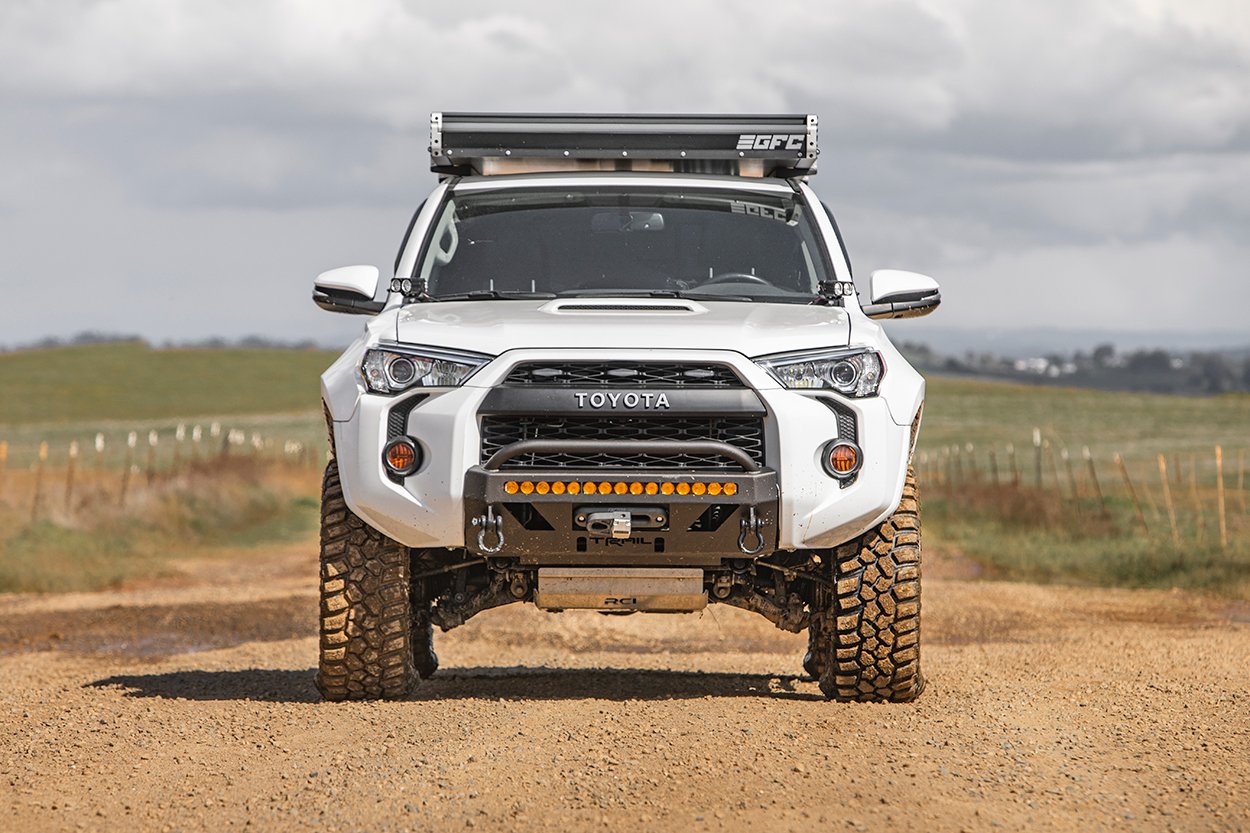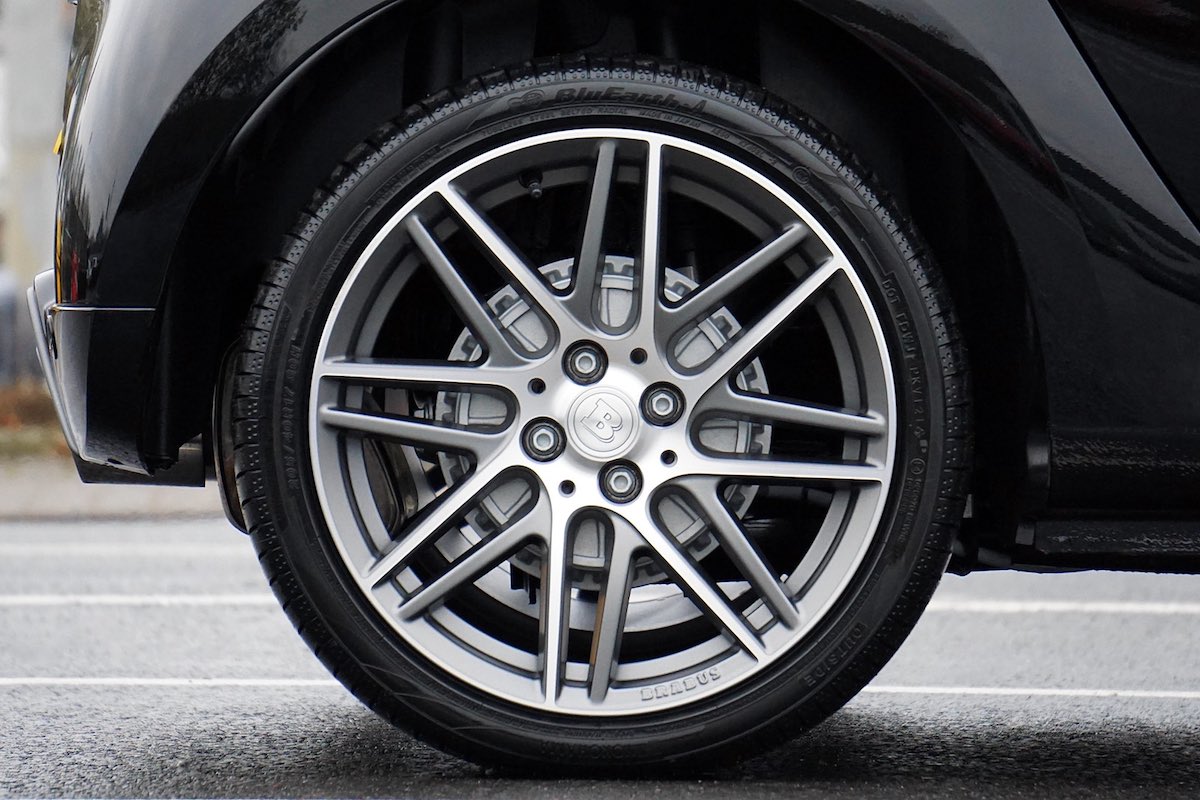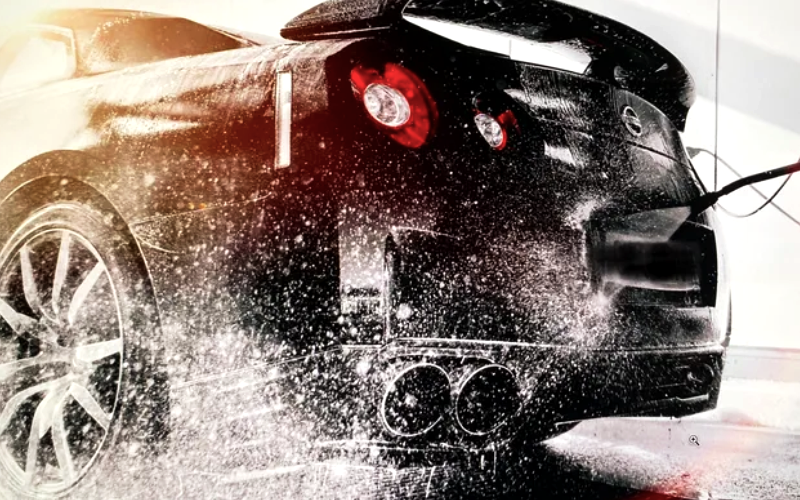Off-roading is an exciting hobby that many people share, but it is rarely something you can do for free. There are two main avenues to get started in the off-roading world:
1) Purchase a suitable vehicle
2) Modify an existing vehicle
Even if you currently have a vehicle suitably designed for off-roading, there is other equipment and other items you should keep stocked in your car that will cost you money. Any way that you look at it, it seems that there is work to be done.
Off-Road-Ready Vehicles
Many vehicles that you can purchase right off the factory line are already suitable for off-road adventuring. Some of the best ones, past and present, include (but are not limited to):
- Land Rover Defender
- Land Rover Discovery
- Jeep Wrangler
- Jeep Grand Cherokee Trailhawk
- Jeep Gladiator
- Ford F-150 Raptor
- Chevy Colorado ZR2
- Mitsubishi Pajero
- Mercedes-Benz G-Class
- Rolls-Royce Cullinan (for those with really big budgets)
- …and the list goes on
The main problem with the top-end factory models is price. Most models that feature the most effective and sought-after off-roading technology systems are only featured at the higher end of the trim-level spectrum. The difference from the base level can be in the tens of thousands of dollars.
Advanced off-road features include cutting-edge suspension, traction control, speed controls, torque systems, AWD systems and more. Their novelty makes them still somewhat expensive right now, but there is some good news. You don’t have to have all the latest inventions in your car in order to safely off-road. These devices make the experience easier, that’s for sure, but some might argue they take away some of the adventure. In today’s article, we’re looking at the most important modifications you should make to your vehicle to make it “off-road-ready.”
The following modifications you can make to an older, more budget-friendly vehicle. We will assume that your starting point is something resembling a vehicle built for the wilder parts of the outdoors and not purely for on-road travel. In other words, these modifications probably don’t apply to the modern compact hatchback — but some might…
1. Tires
While every component has its part to play in the off-road adventure, it’s hard not to argue for the tires being the first and most crucial upgrade to your vehicle. The harder the trail you plan to tackle, the more you need to think about what qualities your tires possess to assist you in the endeavor.
Off-road tires are built specifically to carry your vehicle over rocks, sand, dirt, mud and even snow and ice should it be that time of year. You’ll notice many differences from summer or all-season tires, such as:
- Made from a softer rubber than regular street tires
- More intricate and unique tread patterns
- Wider grooves between tread blocks
- Reinforced sidewalls to protect against punctures/blowouts
- Shorter tread life of around 40,000 miles on average
The categories of off-road tires diverge further into specific types that suit different surfaces like mud and snow, but if you are going to be traversing a range of surfaces, then all-terrain tires are probably the best choice. The key differences usually lie in the tread pattern or choice of rubber material composing the tire. Mud tires, for instance, features a highly aggressive tread pattern that will offer unbeatable grip where others would get mired down in the wet conditions.
The advantage of all-terrain tires is that while they may not handle the most extreme conditions, they can handle most typical off-road environments like dirt, gravel and grass. You can even use them on the street, since they won’t give the same added noise as some other types of off-road tires. This can save you a lot of swapping between all-season and all-terrain tires, especially if you use this vehicle for off-roading more than on-road driving. An SUV, for example, that is still primarily a street car should use all-season tires as its main tire set.
2. Suspension
In an ordinary car, an effective suspension is what makes your ride quieter and more comfortable. It also has the crucial job of keeping your tires in contact with the road surface to maintain stability. When you’re off-roading, these things are more important than ever, especially the latter.
It’s crucial to remember that the vast majority of mass-produced vehicles have their suspensions built and tested for use on the roads, and not off-road trails. You may therefore have to perform at least minor upgrades to your suspension in order to make the vehicle truly ready for off-roading, even if it is an SUV or AWD vehicle.
An off-road 4×4 will typically have one of the following four types of front suspension. These are the areas you would look at working on, improving the springs, shock absorbers and other components:
- Solid axle with leaf springs (dependent system) – wheels move as a single unit; leaf springs use U-bolts to attach to axle; a sway bar helps control body roll.
- Twin-traction beam (TTB) – originally designed by Ford as a way to combine other suspension systems; two beams are placed at the front of the vehicle, with a pivot at one end and the wheel on the other; the beams overlapping creates an effect like control arms, with a central U-joint allowing for each beam to move independently.
- Independent front suspension (IFS) – the two front wheels move independently; upper and lower control arms connect wheel and frame; uses either torsion bars or coil struts to get springing effect.
- Solid axle with coil springs – similar to the leaf springs model but uses coil springs instead of leaf springs.
The coil springs in particular are favored by off-roaders for suspension. They have a more compact design that better helps to ensure a smoother ride when on the difficult off-road terrain. Rear suspension is also most commonly the solid axle with coil springs, but with additional shock absorbers placed both in front and behind the axle. If you do this too, you can reduce the problem of the rear axle rapidly rattling up and down when you accelerate — otherwise known as “axle tramp.”
Some vehicles such as the Jeep Wrangler or Land Rover Defender are built with off-roading use in mind, as well as street use. These are the kinds of models that will need least modification to suspension. If you’re planning something a bit more extreme, however, then suspension upgrades will still help even on this model type. The fact is that you can’t afford to overlook even one aspect of your suspension upgrade. A blown bushing or damaged spring could leave you stuck atop some clump of rock somewhere with the chances of help being few and far between.
3. Protection
When you’re off-roading, you’re going up against uneven surfaces, rocks, mud, sand, ice and more. The potential for damage to any part of the car is greatly increased, even if you employ a lift kit (see next section for more). The vehicle’s body, therefore, will need additional protection put in place. Here are some ideas for protective vehicle armor:
- Skid plates – these are placed on the underside of your vehicle to protect critical components from any impacts that may occur while off-roading; a critical component that no off-roader can do without.
- Bull bar – a bull bar is also known as a brush guard; it’s designed to protect the front of your vehicle — especially the hood and bumper — when you’re pushing through brush or overgrown areas where you can’t be certain there isn’t a tougher obstacle lurking in the undergrowth.
- Off-road bumper – a strengthened front bumper that can protect better when your vehicle is approaching obstacles at different angles; different to the normal bumper design which relies on the vehicle being on an even paved road.
- Steel sliders – place these on the side of your vehicle not only for the protection that this heavy-duty steel brings, but also to provide an extra step up to make accessing the vehicle easier, especially after it’s been lifted.
- Fender flares – these will protect your paintwork from rocks, gritted dirt and other nasty debris that would otherwise fly up and hit it.
The marketplace for aftermarket armor products is rich and well-stocked. You can easily find items to suit your specific off-road protection needs as well as differing budget levels. Two more thing to consider besides armor are lighting and winching.
Additional lighting to handle the potentially much darker conditions that off-roading brings. Your factory-issued headlights are fine for providing luminescence on paved roads, especially ones that are already partially lit by public street lighting. When you’re in the city, most of the time your lights are merely to help others see you rather than the other way around. When you are off-roading, on the other hand, and its gets towards the night time, it gets natural and purely dark. Therefore, a light bar mounted securely to the roof will help light the way much more effectively.
As for winching, it’s not essential, but infinitely useful both to get yourself out of trouble when you find yourself in a muddy rut, but also to help others in need. If your budget allows, it’s a good idea, therefore to have a winch installed on your off-road vehicle. Good winch brands include Smittybilt and Warn, with decent options costing between $300 and $600.
4. Lift
Lift is often discussed together with suspension, but experienced off-roaders know that the two things really should be separate. Suspension is the key component that helps to ensure strong performance and capability on even terrain and even the toughest off-road conditions. Lift, on the other hand, is more of an assistance to the suspension and vehicle, providing extra ground clearance to protect the undercarriage.
Lifting the vehicle, for many off-roaders, is actually a good place to start with upgrades, especially if you’re planning to go into rocky terrain where it’s the most useful. Once you know how high you can safely lift the vehicle’s height, you can then plan for tires, suspension and other systems to work optimally with the new height you’ve accomplished.
A typical lift kit will either be a body lift kit or a suspension lift kit. The body lift kits are cheaper, allowing a raise of a few inches to provide additional space to install larger more robust off-road tires. The main problem with these kits is the gap that it creates between the body and the innards because it’s only lifting the body from the frame. You can purchase additional guards to protect internal components.
The other type of lift kit it the suspension lift kit. These lift the entire vehicle higher, up to a foot or even more if you want. This eliminates the problem of the gap described above, and won’t impair the handling or performance of the vehicle. The main drawbacks are relative expense and also the difficulty in installation and maintenance since you are essentially altering the mechanical makeup of your vehicle. Employing a suspension lift kit may therefore require the assistance of a professional mechanic.
5. Storage
Roof racks, cargo baskets, interior nets and other storage solutions are not likely to enhance any aspect of your driving or experience. They do, however, allow for you to pack other necessary camping or safety gear that will make your off-road trip safer and more enjoyable. Having said that, some rooftop baskets are built with front air deflectors to help ensure that your aerodynamic performance is not hindered at least.
When it comes to storage, having everything you need is one thing, but securely fastening it in place is another. The key criteria for storage additions, therefore, include durability, ease of firmly locking and securing cargo so it won’t shift, and a robust strength enough to contain heavier items safely without bending or buckling.
Off-Road Modding – Master the Basics First
In an activity like off-roading, where so much can potentially go wrong if you are ill-prepared, it’s important to learn to walk before you can run. Covering the basic modifications yourself will help you to understand your vehicle better. In the future, should you search out another more modern model, you’ll be able to appreciate more the features it offers and utilize them more effectively.
So, never bite off more than you can chew in the world of off-roading. Take your time, avoid unnecessary risks, and spend time understanding the specific parts and mods to your vehicle that are helping you achieve that new adrenaline rush you experience every time you head out there. Stay safe on the off-road trail!



